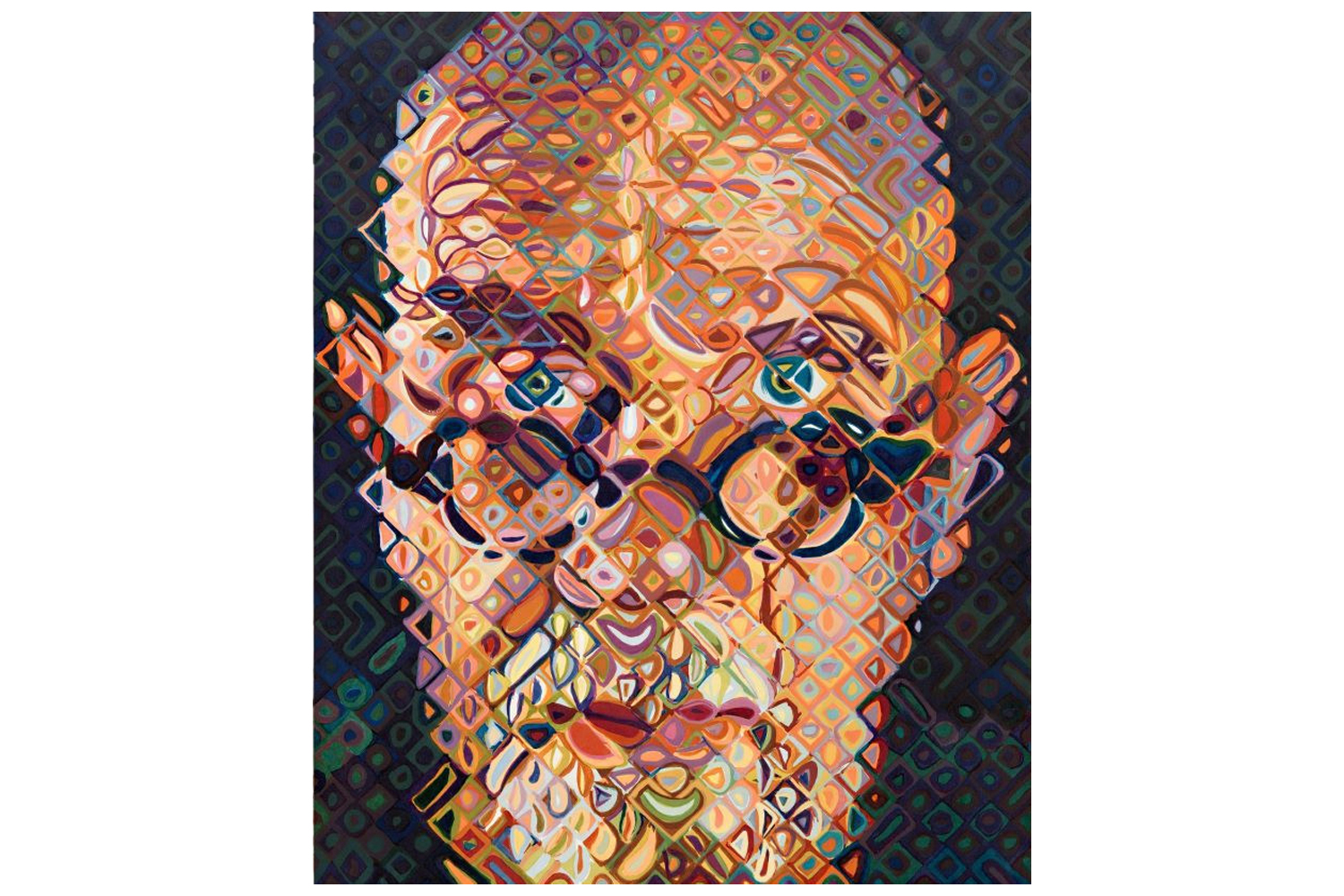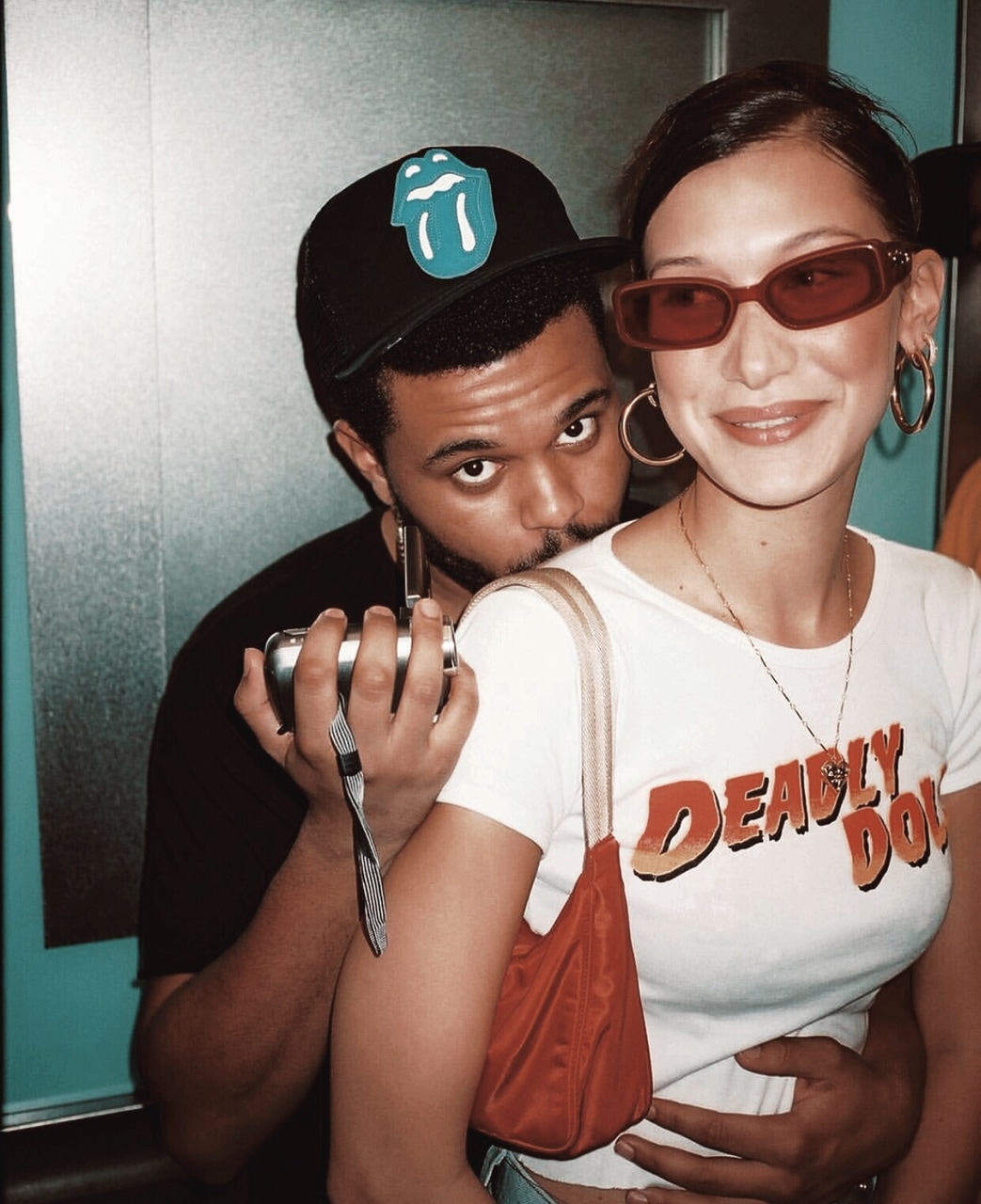
There are a number of ways to tour celebrity homes in Los Angeles. One option is to purchase a star map. Linda Welton, a Beverly Hills businesswoman, sells star maps. Welton claims that her mother invented the concept for a celebrity homes map. She is passionate about her product. However, a star map may not be the most efficient way of touring celebrity homes.
Beverly Hills
Beverly Hills is home to many celebrities. The area was once a bustling agricultural area, but today it is one of the top ten most affluent areas in the United States. The town is home to many famous people including Frank Sinatra, Marlon Brando, Jack Nicholson, Lucille Ball, and Justin Bieber. The city has a rich history.
Hollywood stars are not interested in being famous. To avoid the spotlight, they often use a fake identity. The Hollywood actor Tom Cruise used a fake name for five years before selling his $20 million Hollywood mansion. It is home to some of the most iconic properties in the area.
Beverly Hills Country Club
Celebrity homes are sprinkled throughout the city. To see many of them, you can take a tour. Many companies offer tours that include famous homes and filming locations. Los Angeles is an enormous city. Many of the celebrities' homes are spread out throughout the area. Although most of the houses are empty, it is possible to still see them if one is persistent enough. Many of the historic houses can be difficult to see from the street. It is important to be patient, and avoid the bustling streets.

Many of these homes have been built in gated communities. In 1920, the Hillcrest Country Club was established. Its members were Jewish, and it included an 18-hole golf course. The club also has swimming pools and tennis courts. The Griffin Club, which was previously called Beverly Hills Country Club, is another exclusive area for celebrities.
Neverland Ranch
The neverland Ranch is located high in the mountains of Northern California. It boasts more than 12 acres, a large mansion measuring 12,000 feet, and a massive, 12,000-square ft. A 50-seat movie theatre, swimming pool and tennis courts are just a few of the amenities on the grounds. The property was also used for many movie productions.
This was Michael Jackson’s childhood home. It is one of the most prominent celebrity homes in Los Angeles. Maureen o Sullivan, who starred as Jane in the Tarzan movies, had a home in the area as a child. Sandra Bullock purchased another property on Sunset Strip for $16.9million in 2011. She lives there part-time but rents the property at $18,500 per mo.
Playboy Mansion
Playboy Mansion in Los Angeles is one of the most iconic celebrity homes. It is located west from the Los Angeles Country Club, on Charing Cross Road. Hugh Hefner resided here until his untimely death. It was well-known for its wild parties and was often used by Hollywood for events. The Playboy Mansion is still used for events, and it is a popular venue for fundraising events.
Playboy Mansion lies in Bel Air. This is an exclusive neighborhood in LA. Although the home is more costly than Beverly Hills, it is also close to some of Hollywood's most renowned homes. This property was once home to Marilyn Monroe and Burt Reynolds as well as Cher, Sonny Bono, Cher, Burt Reynolds, Tony Curtis, Burt Reynolds, Burt Reynolds, Sonny Bono and many other celebrities. In 2011, the property's value was $54million. The property boasts several outdoor spaces including a patio, bar, and other amenities.

Gene Hackman’s home
Gene Hackman is a famous celebrity home in Los Angeles. Gene Hackman, a retired actor, was born January 30, 1930. His career spans more than five decades and he has been nominated for three Academy Awards (two Golden Globes) as well as two BAFTAs. Gene Hackman's residence is on the northwest corner of the city and has an ocean view.
Los Angeles Country Club is just one of many nearby neighborhoods. Copley Drive is another. The actor is most known for his roles on "The Royal Tenenbaums," and "The French Connection." The home is spread over five floors and includes an elevator. Although some of the beloved details of the house have been removed, the home still features era-appropriate woodwork.
FAQ
What examples are there of pop culture in 2021
The 11th of September 2001 saw the destruction of two airplanes that were hijacked and crashed into New York City's Twin Towers. 9/11 would be the name of this day.
The popular culture was impacted by these events and continues to be today. We can see many ways the event has influenced lives.
This includes television shows such as 24 and movies such as United 93, which tells the story of what happened during the flight from Boston to Los Angeles on 9/11. It also includes books like The Forever War by Dexter Filkins.
We all remember where we were when we first heard about the attacks. Some people jumped out of their beds and went outside. Others read newspapers or watched TV.
Pop culture is constantly changing. It is both a reflection of society, and it can also be a source for inspiration. What will happen to popular culture in the next year? It's too early to tell. We know that it will be different from what it was before.
What is popular culture in the world of music?
Popular Music Culture is an ever-changing phenomenon that takes many forms.
Popular music culture can be defined by its use certain types of music (e.g. rock, jazz) or lyrics. It also includes visual media, like television, fashion, advertising and film, that have an impact on the careers of artists and public perception.
It's also about the way fans interact with their favorite artists.
The rise of superstars - musicians who have made a name for themselves - is one aspect of popular music culture.
These superstars often transcend genres and become cultural icons, and their popularity has influenced the evolution of popular music itself.
Other elements of popular music culture include:
* The rise recording technology – from acoustic instruments up to electric guitarists and microphones.
* The inventions and use of the radio and record player;
* The birth of the rock 'n roll era;
* The introduction of television and film
* The advent MTV and VH1
* The creation the internet.
Who invented the word Pop Music?
Frank Zappa created it. Pop music was the name he used to describe his music.
He said that he wanted music to appeal to everyone. This is why he called the music "pop music".
Zappa also invents the phrase "You'll know it's pop when ..."". It means that something is extremely popular if you have many people enjoying it. Michael Jackson's Thriller record is one of the most successful.
Zappa's definitions for pop music are quite different from the current. Pop music today includes all kinds of music. Back then, pop music was limited to certain types of music.
Are Tik Toks pop culture?
Yes! It's not for teenagers. Anyone can use these short videos to show how they feel, express themselves, and share life moments with friends.
Over 200 million people are using the app daily around the world. Each day, the number of users grows by millions.
TikTok provides a fantastic opportunity for brands and consumers to build meaningful relationships.
TikTok is also home to many influencers who have built massive followings on the platform. These creators create original content and engage audiences around the world.
So what are you waiting for? Here are four ways you can take advantage of this trend.
-
You can create viral content
-
Engage Influencers
-
Use Visuals Effectively
-
Create with Your Audience
Why is pop music so beloved?
Pop music is very much loved for its fun and joy! It makes you feel happy and gives you a great sense of freedom. People listen to pop music, and they are free to think about other things than themselves. They don't have to worry about what other people think. Pop music is a hugely popular genre. People enjoy songs that make their heart sing. If you're feeling down, you can always turn on the radio and hear some upbeat tunes. You might even find yourself singing along. Pop music has been a huge success over the years.
What are some positive aspects of pop culture?
There are some things about pop culture that aren't bad. Pop culture is a great source of entertainment. Also, it helps people express their creativity. Pop culture can help artists promote their work.
Pop culture brings people closer together, which I believe is the best part. Everyone wants to watch the exact same shows. Everyone listens to the same music. Everyone enjoys the same films. Pop culture allows us connect.
Problem is, not all pop culture has the same health benefits. Some movies glorify violence. Some programs on television make fun of those with mental disabilities. And some bands encourage fans to do drugs.
So what do we do when pop culture has negative aspects?
We should try to avoid the negative parts of pop culture. It shouldn't influence us. It can cause problems for our health. It can also lead to crime. It can even impact our relationships.
Pop culture should be considered as a way to help or hinder society. Is it promoting good values? Are people being influenced into doing bad things?
And finally, we should ask ourselves whether we're happy with the kind of world we live in. Do we like the music we listen to? The TV shows we watch? What clothes do you wear?
If we care about our future, we must take responsibility for our actions. We must decide the world we want. Once we have decided what kind of world we want, then we can choose the best pop culture.
What can pop music teach us?
Today's society values material possessions over all else. This is especially true with young people. They spend hours each day staring at screens. They watch movies, play video games, and surf the web. All of these distract them from the task at hand, which is to complete school work. As a result, they end up failing classes.
Everyone wants to fit in. That means being popular. Popularity is dependent upon having money, clothes and other possessions. Some people do this by doing things that aren’t right.
We are too dependent upon technology. We have all the information we need thanks to technology. Not all information is correct. False rumors are all over the Internet. These rumors spread quickly because people share them on social media sites. It's easy for people to post things without checking if they are true.
People are losing their ability to think critically. They believe whatever they read on the Internet. They believe what they read in magazines or on TV. They stop thinking about themselves. They instead follow the crowd.
We lose control when we rely on other people to tell us what's up. Pop culture teaches us that we can depend on others. It can also lead to lazy people. While the truth is often out there, we don't always know it.
Statistics
- According to Dictionary.com, popular culture, or low culture as it is sometimes referred to is comprised of the “cultural activities or commercial products reflecting, suited to, or aimed at the tastes of the general masses of people” (7/21/19). (socialsci.libretexts.org)
- In 1987, US films captured 56% of the European film market. (socialsci.libretexts.org)
- Latinos represent roughly 19% of the U.S. population. (npr.org)
- According to Kathryn Sorrells (2013, pp. 142-144), there are several ways that we can become informed consumers of popular culture. (socialsci.libretexts.org)
- Yet a Nielsen study shows they account for 42% of the country's most-watched content on streaming services. courtesy Nielsen (npr.org)
External Links
How To
What are some famous pop culture references?
In the 1960s, Americans were obsessed with space travel. Star Trek was then the most popular television show.
The original series aired on NBC from 1966-1969. It starred William Shatner as Captain Kirk, Leonard Nimoy as Mr. Spock, DeForest Kelley as Dr. McCoy, James Doohan as Scotty, George Takei as Sulu, Majel Barrett Roddenberry as Uhura, Nichelle Nichols as Lieutenant Nyota Uhura, Walter Koenig as Pavel Chekov, and Grace Lee Whitney as Yeoman Janice Rand. (Wikipedia)
The first feature film made from the series' story was released in 1967. Paramount Pictures released the film, titled "Star Trek." The movie, directed by Robert Wise, featured an ensemble cast including William Shatner, Leonard Nimoy, DeForest Kelley, James Doohan, Walter Koenig, Majel Barrett, Roland Nichelle Nichols, George Takei, and Grace Lee Whitney. (Wikipedia)
In 1968, the second season of the television series began airing. The crew traveled back in time to 1969 for this season. (Wikipedia)
In 1971, the third season began airing. This season introduced a new character named Commander Richard A. Morn. He was a Starfleet officer who had been born on Earth in 2063. (Wikipedia)
There was also a live-action spinoff, "Star Trek: Planet of the Apes" during this time. It aired on the air between 1972 and 1974. (Wikipedia)
In 1973, the fourth season of the television series debuted. This season introduced two new characters named Lt. Ilia and Ensign Ro Laren. Marina Sirtis played both of them. (Wikipedia)
In 1975, the fifth series of the television series aired. This was the last season that aired before the franchise went into hiatus. (Wikipedia)
After the TV series was cancelled, there were many attempts to bring it back. One of those was the 1977 pilot episode, "Where No Man Has Gone Before," that failed to find a network partner or studio partner. (Wikipedia)
Star Trek: New Voyages was also animated in 1998. It lasted only 13 episodes. (Wikipedia).
After a seven years hiatus, the sixth episode of the television series was aired in 2009. It was titled "Enterprise". It ran for five seasons before it ended in 2013. (Wikipedia)
There were also three feature films produced during this era. The first movie was released on September 12, 1979. It was titled "Star Trek: The Motion Picture". It was directed by Nicholas Meyer. The film starred William Shatner, James Doohan, Leonard Nimoy, Walter Koenig, George Takei, Majel Barrett Roddy, and Ricardo Montalban. (Wikipedia)
The two next movies were released in 1982, and 1987, respectively. They were known as "Star Trek II. The Wrath of Khan," and "Star Trek III. The Search For Spock." Both of these movies were directed by Nicholas Meyer. (Wikipedia)
In 2001, the seventh season of the television series aired. It was titled "Encounter at Farpoint". It was the debut episode of the show's era without guest stars. (Wikipedia)
In 2005, the final episode of the series aired. It was titled "All Good Things...". Ronald D. Moore wrote it. David Livingston directed the film. (Wikipedia.)
Star Trek TV premiered a brand-new show in 2008 called "Trek Nation". It was called "Trek Nation". It's currently being broadcast on CBS. (Wikipedia). "Trek Nation" tells the story of a group of people who come from diverse backgrounds and form their own version of United Federation of Planets. Their goal: to help other worlds reach peace. (Wikipedia). "Trek Nation", an intriguing concept, shows how diverse people can work together and create good things. (YouTube Video)
I think you should read some books about the timeline of Star Trek. Gary Wolfe's Star Trek Chronology is a great place to start. There are many more books online.